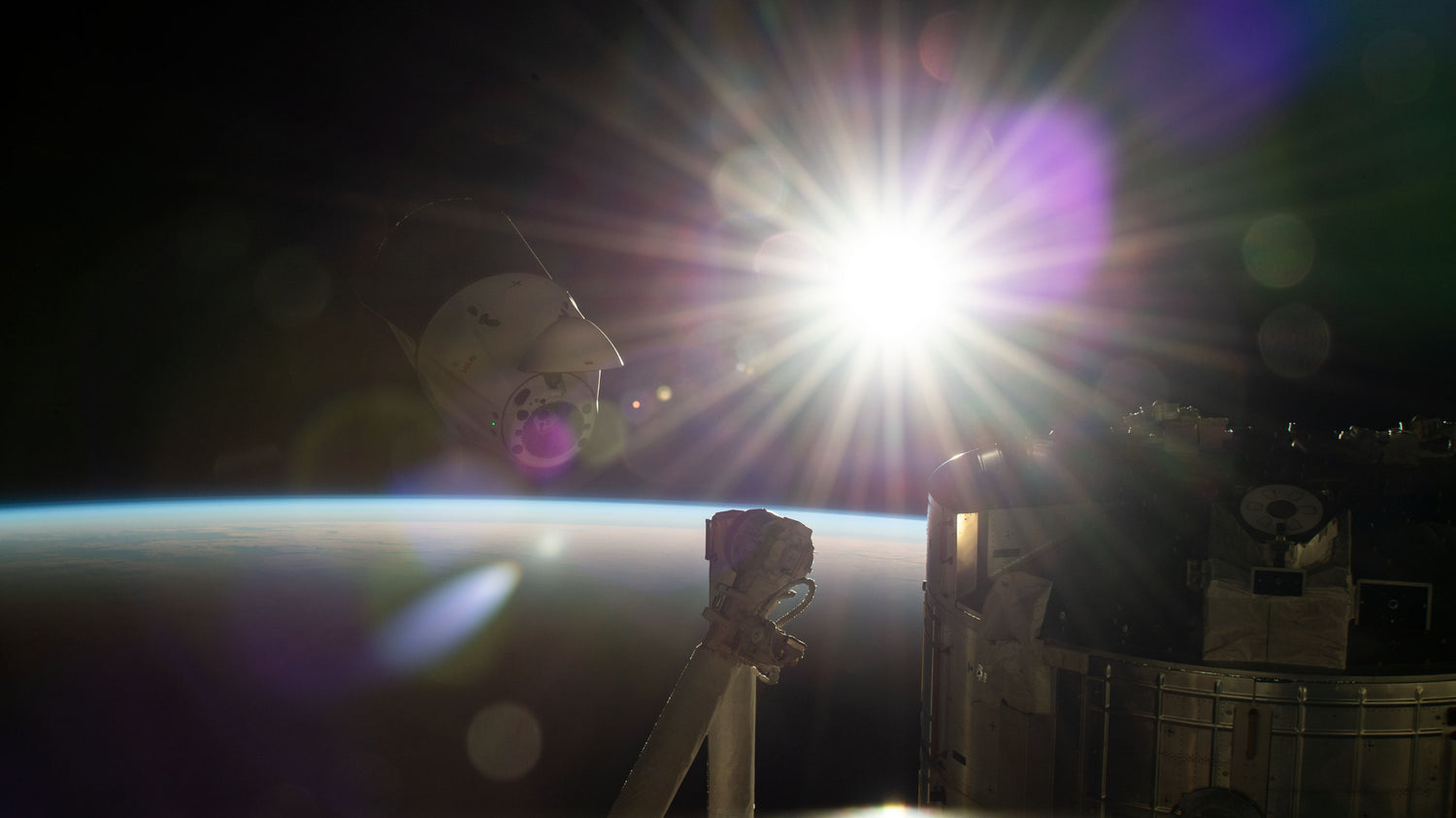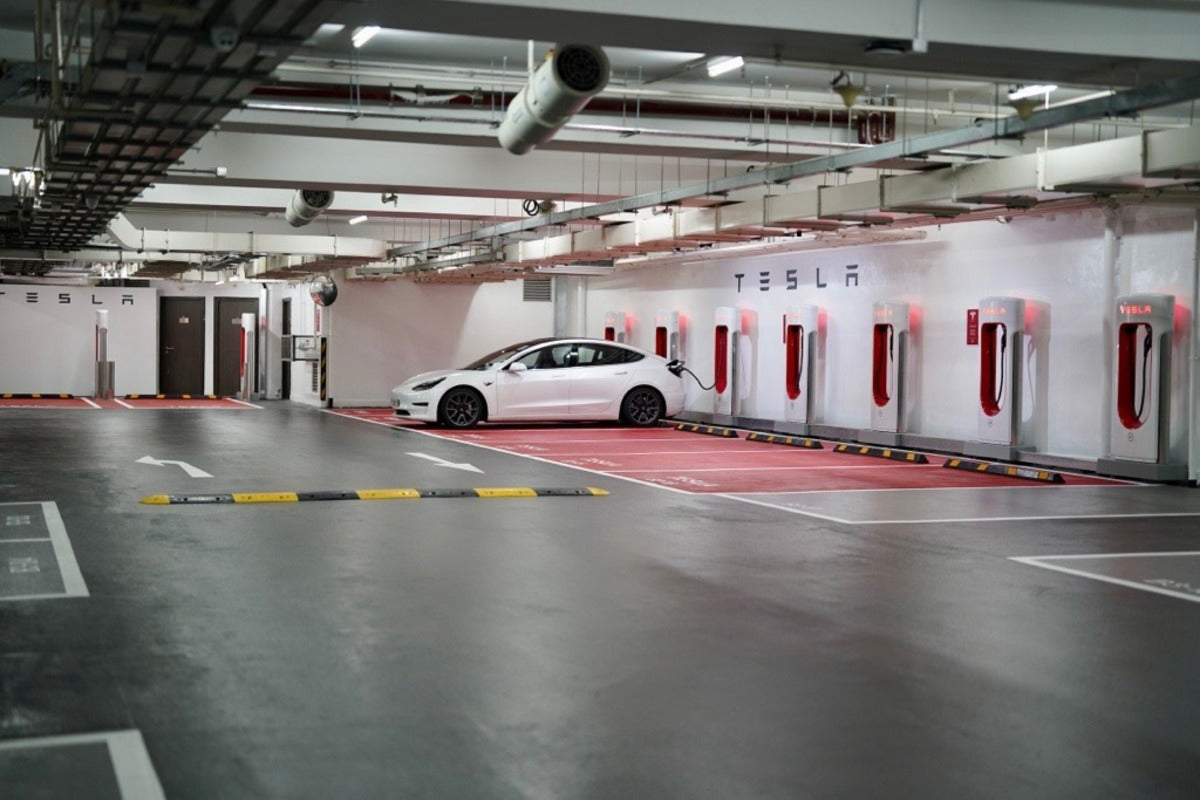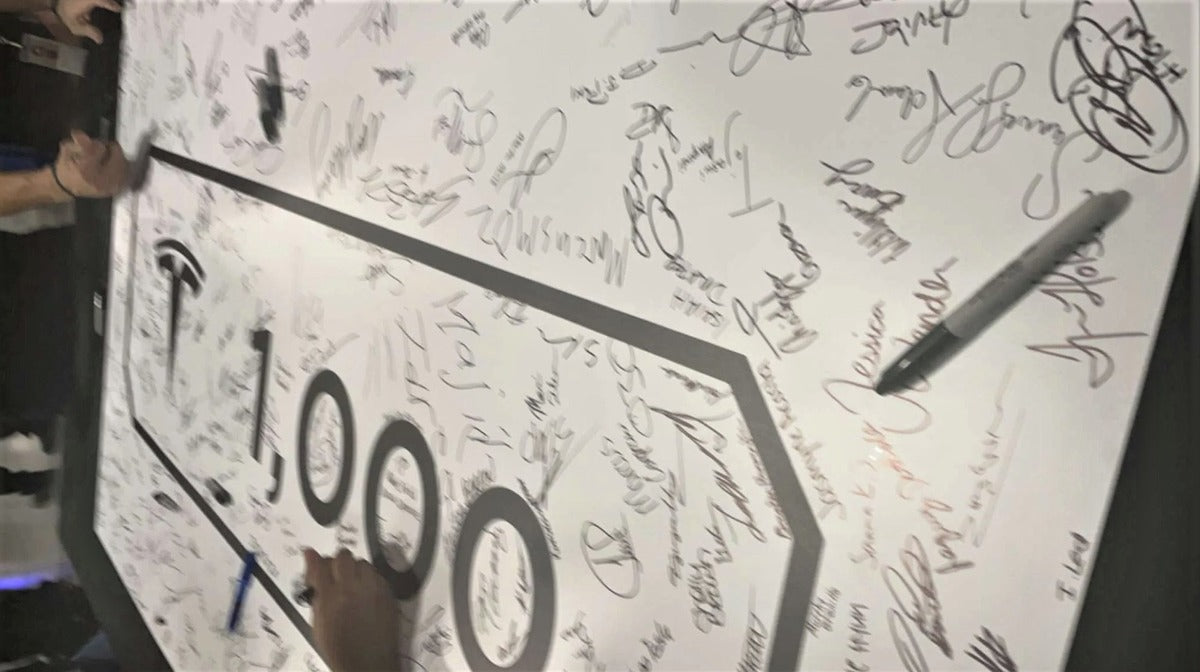SpaceX launched the 25th NASA Commercial Resupply Services (CRS-25) mission to the International Space Station (ISS) on July 15, atop a previously-flown Falcon 9. The rocket lifted off from NASA's Kennedy Space Center's Launch Complex-39A at 8:44 p.m. EDT, propelling the Dragon spacecraft to orbit with over 5,800 pounds of cargo, including over 250 science research investigations, supplies, and hardware needed at the orbiting laboratory.
Today, August 19th, the CRS-25 Dragon undocked from the ISS after around one month. At 11:00 a.m. EDT, NASA flight controllers on Earth sent commands to release the uncrewed SpaceX Dragon spacecraft from the forward port of the ISS Harmony module. The spacecraft was released at 11:05 a.m. EDT while the Space Station was flying at an altitude of 259 miles over the Pacific Ocean. SpaceX shared an incredible set of photographs of Dragon departing the Station, pictured below. "Goodbye to Dragon, thank you for all the supplies and science," said NASA spacecraft communicator Michael Ellsworth from Mission Control in Houston, Texas. "We're looking forward to your return to Earth."
NOW: @SpaceX's #CRS25 cargo Dragon spacecraft prepares to undock from the @Space_Station, bringing science investigations—including a tissue printing experiment and spacesuit cooling technology—back to Earth. https://t.co/wI5b0eleGl
— NASA (@NASA) August 19, 2022
Shots from the @Space_Station of Dragon's departure pic.twitter.com/nK2ZteNy2c
— SpaceX (@SpaceX) August 19, 2022
"Congratulations to the team on a successful SpaceX-25 mission!" NASA astronaut Jessica Watkins said while she monitored the mission from abroad the ISS. On Friday, August 20, SpaceX Mission Control in Hawthorne, California, will command a deorbit burn of Dragon to allow the capsule to reenter Earth's atmosphere. After re-entering Earth’s atmosphere, the spacecraft will make a targeted parachute-assisted splashdown at 2:53 p.m. EDT off the coast of Florida in the Atlantic Ocean, northeast of Cape Canaveral. A splashdown near the Kennedy Space Center (KSC) is crucial to ensure the science research on CRS-25 Dragon gets unloaded as soon as possible and delivered to scientists to minimize the effects of gravity's interferenice with the results of the research conducted in microgravity.
NASA does not plan to provide live coverage of the mission’s return to Earth tomorrow. The Dragon capsule will be fished out of the sea by a SpaceX recovery team that will load the vessel on top of a ship where biological samples will be unloaded and rapidly flown by a helicopter to KSC. NASA staff will catalog all the cargo and rapidly distribute it to scientists and organizations around the world. Some of the science returning to Earth aboard CRS-25 include:
• The Spacesuit Evaporation Rejection Flight Experiment (SERFE), a NASA investigation, returns to Earth for disassembly and inspection of the suit components. "SERFE demonstrates and evaluates thermal control technology using water evaporation techniques to maintain appropriate temperatures for the crew and equipment during spacewalks. SERFE also investigates whether microgravity affects performance of the technology and how the technology affects the contamination and corrosion of spacesuit material," said NASA.
• Samples from the NASA-sponsored BioSentinel ISS Control Experiment (BioSentinel) return to Earth for optical measurements to examine radiation damage accumulated by "Saccharomyces cerevisiae cells" during their time in space environment. "S. cerevisiae, or budding yeast, is a model organism that shares similar cellular processes with human cells, specifically how they respond to DNA damage caused by ionizing radiation." The experiment aims to develop biosensors that study the effects of radiation on living things to enable preparation for future long-duration missions in space.
• The ESA-sponsored Bioprint FirstAid experiment demonstrates a handheld bioprinter that could enable rapid healing of wounds in space, as well as Earth. The bioprinter uses additive manufacturing to print viable cells, biomaterials, and biological molecules for possible use in skin reconstruction. "Current bioprinting capabilities require large machinery and a long timeline. The handheld bioprinter aspires to use bio-inks containing the patient’s skin cells to cover a wound and accelerate healing," said NASA representatives, "The technology could mitigate risks and treat injuries in case of an emergency on long-duration missions. On Earth, the bioprinter could act as a custom wound patch, allowing safe regenerative and personalized therapy. Samples are returning home aboard the Dragon capsule for comparison to samples printed on Earth." [Information source: NASA press release.]
This week the @Space_Station crew conducted scientific investigations including examining soil microbial communities, tracking how the human body adapts to microgravity, and more!
— ISS Research (@ISS_Research) August 19, 2022
Read the latest highlights → https://t.co/TwL2O91GFi pic.twitter.com/V7o0MNABUI

All Featured Images Source: NASA








